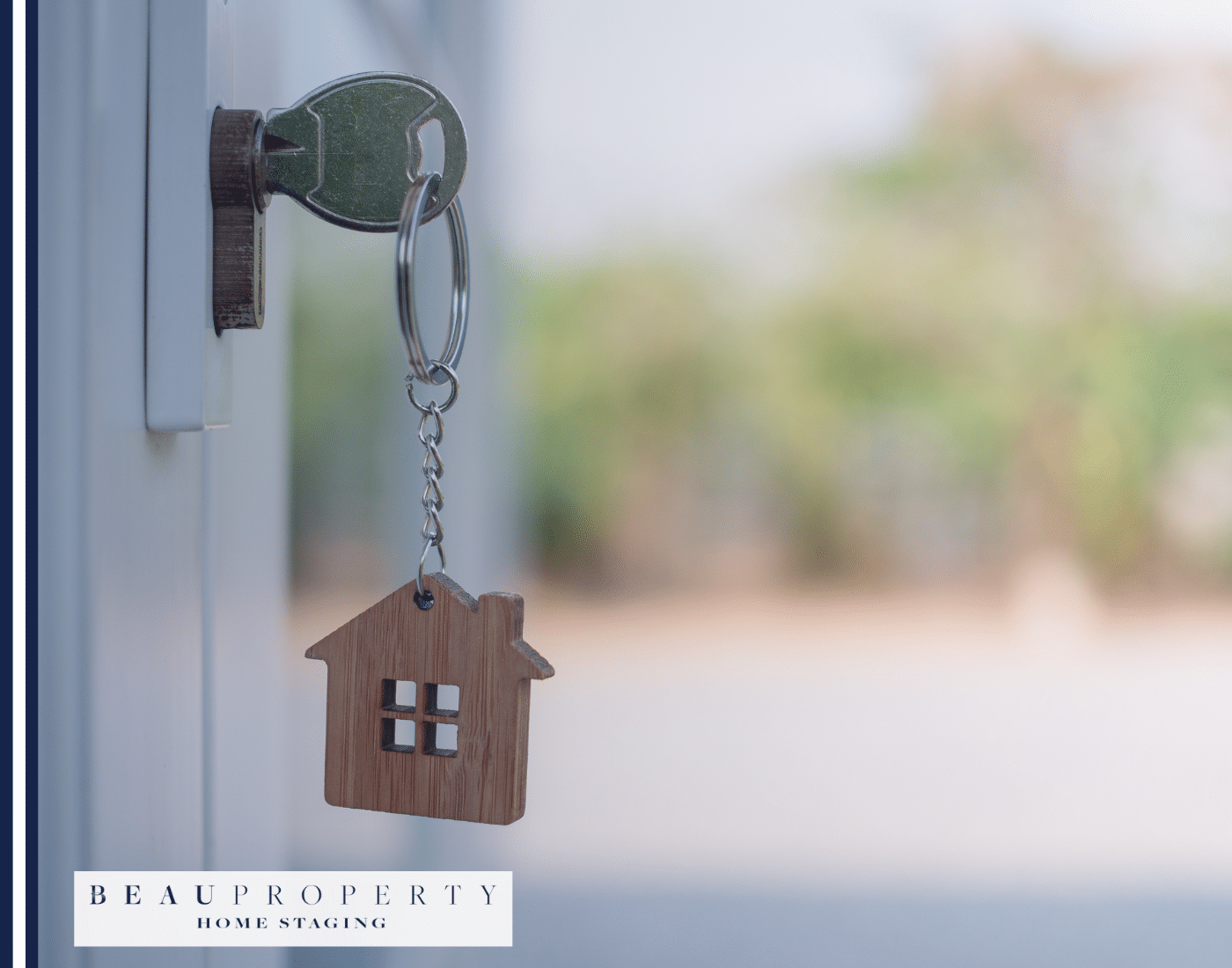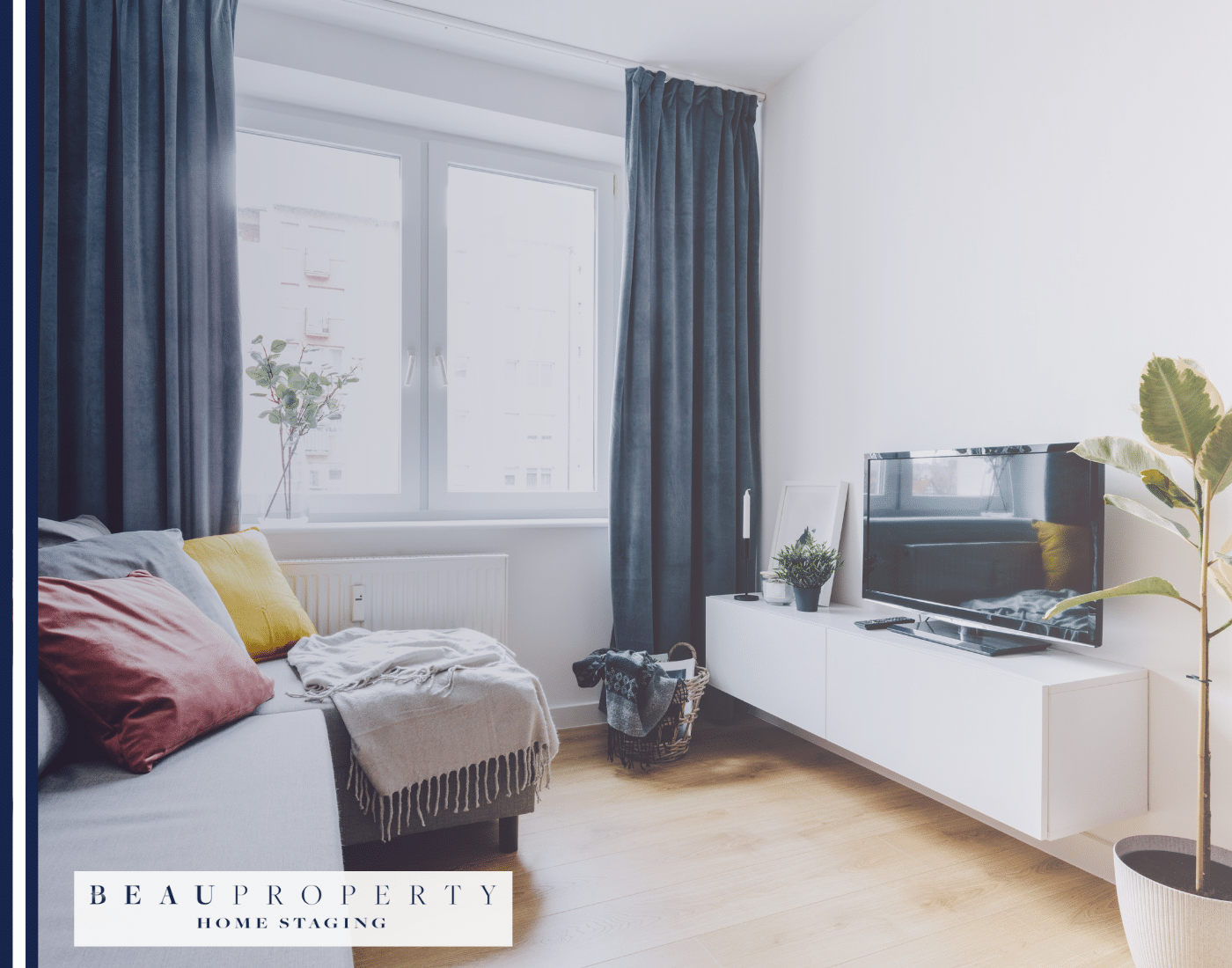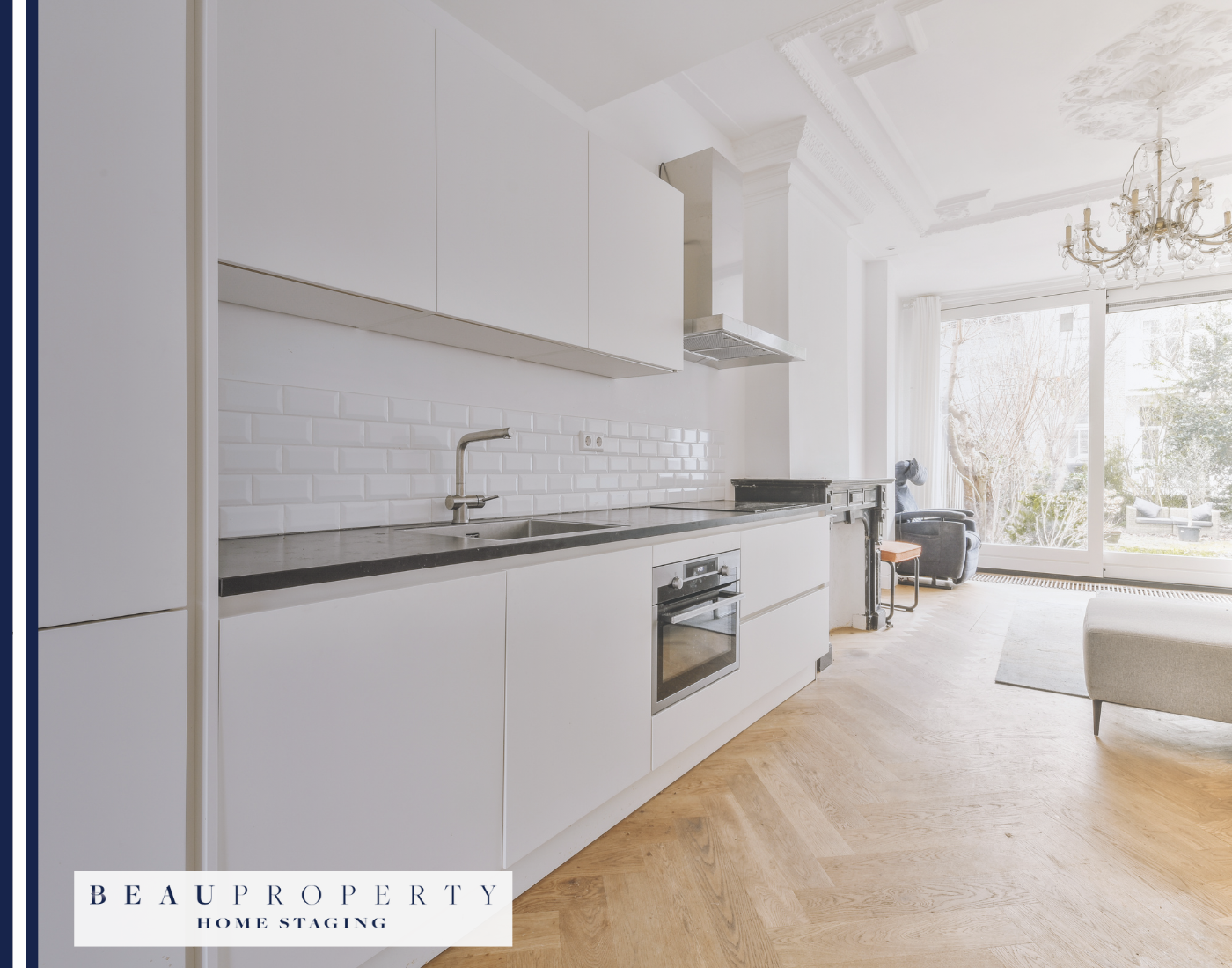Understanding the Buyer’s Mindset
To successfully sell a property, it is essential to understand the mindset of potential buyers. Viewing your property through their eyes can help you identify what makes your home appealing and what might need improvement. Buyers are influenced by a mixture of emotional and rational factors, and being aware of these can significantly affect the outcome of your sale.
Viewing Your Property Through Potential Buyers’ Eyes
When preparing to sell your home, stepping into the shoes of a potential buyer can offer valuable insights. Buyers typically walk into a viewing with a mental checklist, which includes both tangible and intangible elements. They assess the property’s features, condition, and price while also picturing themselves living there. This dual perspective means that you need to ensure your home is not only in top shape but also welcoming and inviting.
Emotional and Rational Factors Influencing Property Purchasing Decisions
The decision to purchase a property is influenced by both emotional and rational factors. Rational factors include the size, location, price, and condition of the home. Buyers will logically compare these attributes against their needs and budget.
Emotional factors, on the other hand, stem from how the property makes the buyers feel. Elements such as ambiance, lighting, cleanliness, and even scent can evoke emotional responses. A home that feels warm and welcoming can create a sense of belonging, which can be a powerful motivator. According to the study by N Anastasia, understanding these dual influences helps tailor your home presentation to appeal effectively to both the head and the heart.
The Crucial Role of First Impressions
First impressions are incredibly important in the property market. Buyers often form opinions within the first few seconds of seeing a home. This initial impression sets the tone for the rest of the viewing. Properties that make a strong first impression are more likely to engage buyers and leave a lasting memory. Conversely, a negative first impression can be difficult to overcome, regardless of the home’s subsequent attributes.
Research highlights that these first impressions are influenced by various factors such as the property’s exterior appearance and the presentation of the entrance and foyer. Enhancing your home’s curb appeal and ensuring the entrance is spotless and inviting can pay off significantly.
The Power of First Impressions: The Halo Effect
How the Halo Effect Influences Property Viewings and Buyer Decisions
The Halo Effect, a well-known psychological phenomenon, plays an essential role in property viewings and buyer decisions. This cognitive bias causes people to form an overall impression based on limited information. For instance, if the exterior of a house looks immaculate, buyers are more likely to attribute positive qualities to the interior, even before stepping inside. Conversely, a neglected exterior can lead to negative assumptions that may be difficult to dispel, regardless of the home’s actual qualities.
Maximising Kerb Appeal to Create Positive First Impressions
The first impression that a property makes is often the most enduring. To leverage the Halo Effect positively, maximising kerb appeal is vital. Here are several effective ways to enhance your property’s kerb appeal:
- Refresh Your Door Color: The front door is one of the first things potential buyers notice. A fresh coat of paint in an inviting color can make a big difference.
- Tidy Up the Lawn: A well-maintained lawn signals that a property is well cared for. Mow the grass, remove weeds, and keep the edges neatly trimmed.
- Clean the Path and Driveway: Pressure washing the path and driveway can remove dirt and grime, giving these areas a clean and well-kept appearance.
- Create Feature Lighting: Adding lighting along pathways or highlighting key architectural features can enhance the property’s appearance, especially during evening viewings.
- Spruce Up the Windows and Frames: Clean windows and freshly painted frames can instantly brighten a property’s exterior.
- Enhance the Walkway and Driveway: Well-maintained walkways and driveways provide a welcoming path to the entrance, reinforcing the positive impression.
Leveraging the Entrance and Foyer to Set the Right Tone
The entrance and foyer are the first indoor areas buyers encounter, and their presentation can set the tone for the rest of the viewing:
- Declutter and Organise: A clutter-free entrance creates a sense of calm and order. Remove shoes, coats, and other items that could make the space look messy.
- Add a Touch of Decor: Simple decorations, such as a welcoming mat, a vase of fresh flowers, or a piece of art, can make the space feel inviting and stylish.
- Ensure Proper Lighting: Well-lit foyers create a warm and welcoming atmosphere. Consider using both natural and artificial lighting to highlight the space.
Creating a memorable first impression is critical, as it sets the tone for the rest of the home tour. Appropriate staging and thoughtful enhancements at the entry can manipulate the Halo Effect to your advantage, fostering positive feelings in potential buyers.
By paying close attention to both the exterior and the initial indoor views, sellers can make a strong first impression that resonates positively throughout the entire property viewing experience.
Creating an Emotional Connection
Using Sensory Elements
To create an inviting atmosphere, it’s essential to think about how the senses of potential buyers can be engaged. Sensory elements like lighting, scents, and background music play a significant role in forging an emotional connection between a buyer and the property.
Lighting
Lighting can transform the mood and appeal of a home. Effective use of both natural and artificial lighting can accentuate the best features of a property. During showings, ensure rooms are well-lit, as this can create a welcoming ambiance. For instance, installing dimmers allows you to adjust the light levels to make spaces feel more intimate or spacious, depending on the setting.
Scents
Scents can evoke emotions and create memories, so using pleasant and subtle aromas can enhance the viewing experience. Think about natural fragrances such as freshly baked cookies, brewed coffee, or a light floral scent which can create a sense of homeliness and comfort. However, it is crucial to avoid overpowering or artificial odors, as these can be off-putting.
Music
Background music can set the tone and make a property feel more inviting. Soft, instrumental music can calm nerves and make the shopping experience more pleasant. The key is to keep the volume low and the music neutral to appeal to a wide range of tastes.
Staging Techniques
Successful staging helps buyers envision their life within the space by presenting a lifestyle that appeals to them.
- Declutter and Depersonalise: Start by removing personal items and clutter. Excess items can distract buyers and prevent them from seeing the space’s full potential.
- Furniture Arrangement: Arrange furniture to highlight the flow and function of the rooms. For instance, in the living room, create a conversational area with seating arranged around a focal point like a fireplace or a coffee table.
- Cozy Touches: Adding cozy touches such as strategically placed throw pillows, soft blankets, and inviting table settings can make the space feel lived-in and warm.
Balancing Emotional Appeal with Practical Functionality
While the emotional connection is significant, balancing it with practical functionality ensures the property meets buyers’ needs on a rational level.
- Highlight Key Features: Make sure functional elements such as storage spaces, built-in appliances, and room sizes are given due prominence. This appeals to the buyer’s rational thought process as they evaluate if the home fits their practical needs.
- Showcase Versatility: By presenting versatile spaces, you cater to varied potential buyers. For instance, stage an extra room as both a guest bedroom and a home office.
- Quality and Condition: Ensure that all visible items and installations are in good condition. This includes hinges, faucets, and appliances. Buyers appreciate well-maintained and functional environments, influencing their rational buying decision.
Creating an emotional connection through these techniques requires careful attention to detail and a fine balance between aesthetic appeal and practical functionality. As we move forward, it is crucial for sellers to manage their own emotions effectively throughout the selling process. Maintaining detachment from personal sentiments while remaining responsive to feedback ensures a more professional and successful selling journey.
The Art of Neutral Staging
Neutral staging is a key strategy in making your home more appealing to potential buyers. This technique revolves around creating a clean, inviting, and broadly appealing environment that allows buyers to envision themselves in the space. Here, we will explore why decluttering and depersonalisation are essential, the importance of choosing neutral colors and designs, and how to maintain a balance between welcoming and neutral spaces.
Why Decluttering and Depersonalisation Matter
When selling a home, it is crucial to present it in the best possible light. One of the most effective ways to achieve this is through decluttering and depersonalisation. A clutter-free home makes a strong first impression; it allows buyers to focus on the property’s features rather than distractions created by personal belongings. Realtors frequently point out that a well-organised and decluttered home can sell faster and for a higher price than a cluttered one.
Decluttering also has positive psychological effects on both the seller and potential buyers. Sellers can experience improved focus, better sleep, and a greater sense of control, making the moving process more manageable. For potential buyers, a decluttered home feels more spacious and inviting, helping them imagine how their own possessions will look in the space.
The process of depersonalisation involves removing personal items such as family photos, memorabilia, and other personal touches. This step is essential because it helps buyers picture themselves living in the home rather than feeling like they are intruding on someone else’s space.
Choosing Neutral Colors and Designs
Neutral colors and designs play a significant role in making your home appealing to a broad audience. Colors like white, beige, gray, and taupe are universally preferred and can make spaces look larger and brighter. Neutral tones serve as a blank canvas that prospective buyers can easily imagine customising to their tastes.
Additionally, incorporating neutral design elements helps ensure that your home doesn’t cater to a specific taste or style, which could potentially alienate some viewers. Neutral designs include simple, elegant furniture, minimalistic decor, and a cohesive color scheme that flows smoothly from room to room. This setup makes the home feel harmonious and balanced, enhancing its overall appeal.
Maintaining a Balance between Welcoming and Neutral Spaces
While it is important to keep your home neutral, it is equally crucial to ensure that it feels welcoming. A stark, empty space can be just as off-putting as a cluttered one. To maintain this balance, consider the following tips:
- Add Soft Touches: Incorporate elements like plush throw pillows, cozy blankets, and tasteful artwork to add warmth without overwhelming the space.
- Light and Airy: Ensure each room is well-lit with natural light where possible, and use artificial lighting that mimics daylight. Light, airy spaces feel inviting and enhance the perception of spaciousness.
- Greenery: Adding houseplants can bring a touch of nature indoors, making spaces feel more alive and vibrant. Plants can also improve indoor air quality, contributing to a healthier home environment.
- Simplicity: Decor should be simple and elegant. Opt for a few well-chosen pieces that complement the overall decor rather than cluttering the space with numerous items.
Creating a neutral, decluttered, and welcoming environment requires attention to detail but pays off by making your home more attractive to a wider range of buyers. By focusing on these aspects, you improve the chances of making a strong, positive impression that resonates with potential buyers.






